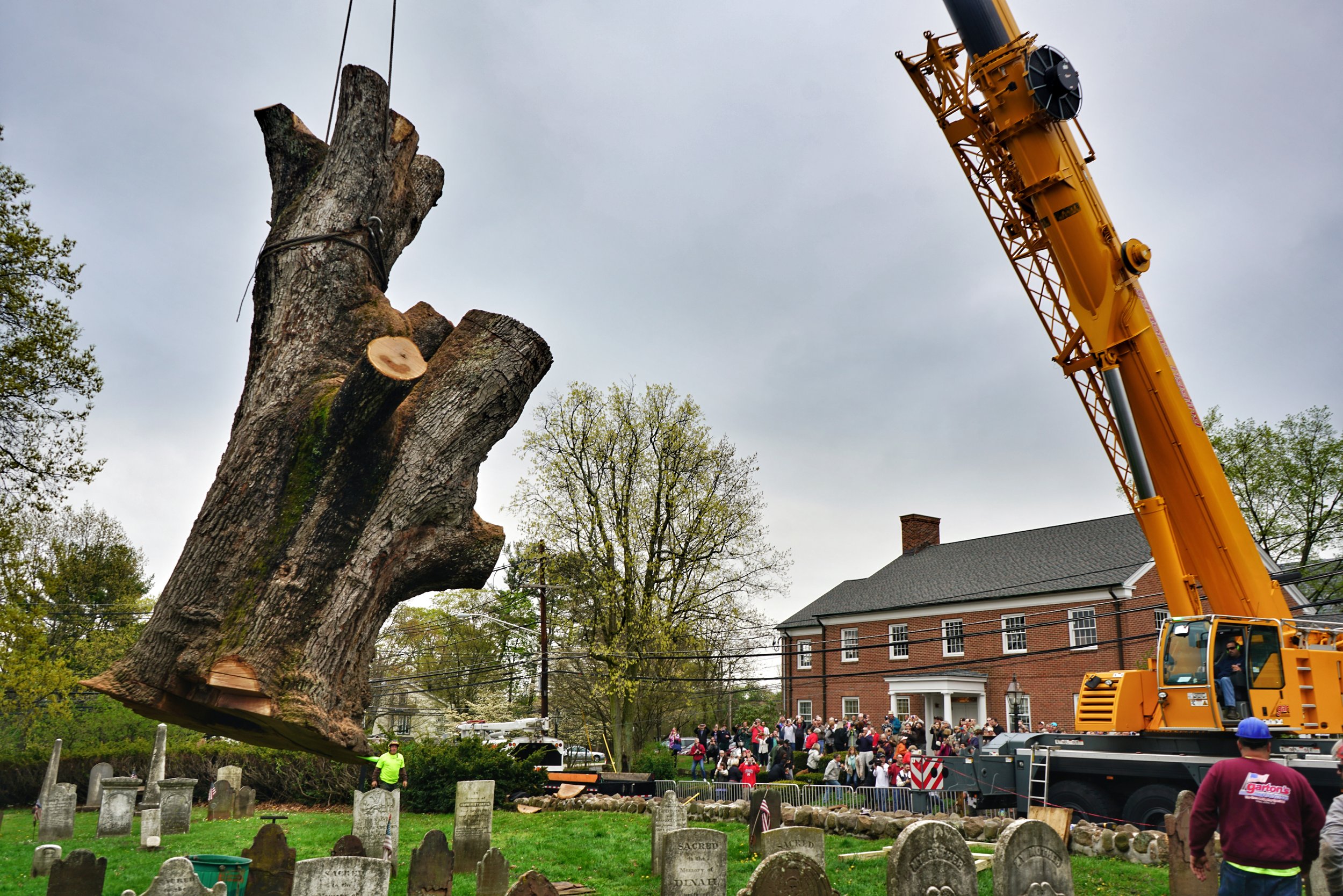4 Tips to Create a Culture of Safety
4 Tips to Create a Culture of Safety
Written by Mick Kelly
At ArboRisk, we often hear people say they want to build a better safety culture, but many times they don’t know how to do that. Because we all know a great safety culture doesn’t just look at the health and wellbeing of your employees – it also incorporates equipment maintenance, public safety both on the jobsite and on the road, and your brand reputation, you must be strategic in establishing the safety culture that you want within your organization.
By creating a strong safety culture, you are developing an ethos for your company and giving your employees an idea of how things are done in your business. Your goal should be to ingrain in the collective memory of your team, through repetition, routine and diligence, the importance of making sure every employee gets home safe each night.
Here are my 4 tips to create a stronger culture of safety within your business!
Communication
The key to any culture is communication. If you don’t have a clear, defined idea of what your safety culture is, then this will trickle down to every aspect of your business. It is imperative that the message from leadership is crystal clear, that you are more interested in everyone’s safety than saving a half hour of work. Because of that, you expect your team to follow the guidelines and not to cut corners. It’s a message that has to be repeated every day until it becomes the mantra of the company.
Training/Employee Development
Training is one of the largest key aspects for increasing safety awareness within an organization, and by the way is also a great way of retaining employees. Laying out a clear development path(s) within your organization and encouraging employees to obtain industry certification or designations will help grow your safety culture because they will be able to visualize how their role impacts every other person at your company. The more decorated your team becomes and the prouder they are of their work, the more that your safety culture will thrive.
Preparing for Safety
Failing to prepare is preparing to fail. Nothing could be more true about safety. A strong safety culture is created intentionally by being prepared. That means proactive thinking must occur to set up topics for safety meetings in advance, investigating what new equipment or technology is available to help your team operate safer (think wireless communication headsets for your helmets) and installing a telematics system into your vehicles. All of those items are done in advance of an injury and accident. To begin preparing for safety, simply take a half hour to sit down and think about potential hazards that your team faces each day and create a simple action plan on how to minimize each of those hazards. Use your “toolbox” meetings to cover one topic a day.
Written Procedures
Writing anything down makes it more official. Being able to provide an employee with written guidelines will solidify the seriousness of your intent. Written procedures give directions for handling difficult or stressful situations like reporting procedures for an injury or accident. Explaining the long term benefits of these written procedures to employees will take away the stigma of the extra work they may perceive comes with it.
Other tips and hints
- Take the time to look over your past mistakes – look at your written reports and see if there is a pattern that is leading to broken equipment, accidents in vehicles, accidents on jobs, etc.
- Having a “Safety Guru” onstaff is a great way to manage the safety culture. Often you’ll find an employee that is passionate about theirs and others safety and they can be the advocate you need within your organization.
Here at ArboRisk, one of our core mission values is to help each of our clients make sure their team gets home safely each and every night. Helping our clients create a safety culture within their company, whether it’s a one-man operation or they have numerous employees, is imperative to achieving that mission. A great safety culture will also help grow your business by attracting the right employees and in the long term will help to keep your insurance costs down.
Taking the time to develop and implement a comprehensive safety program is the first step, but living and breathing safety within your company is really where you’ll see the results. Because developing a safety program takes time, ArboRisk partners with tree care companies to create personalized programs in a fraction of the time. For more information, check out our Safety Package and contact us today!





Recent Comments